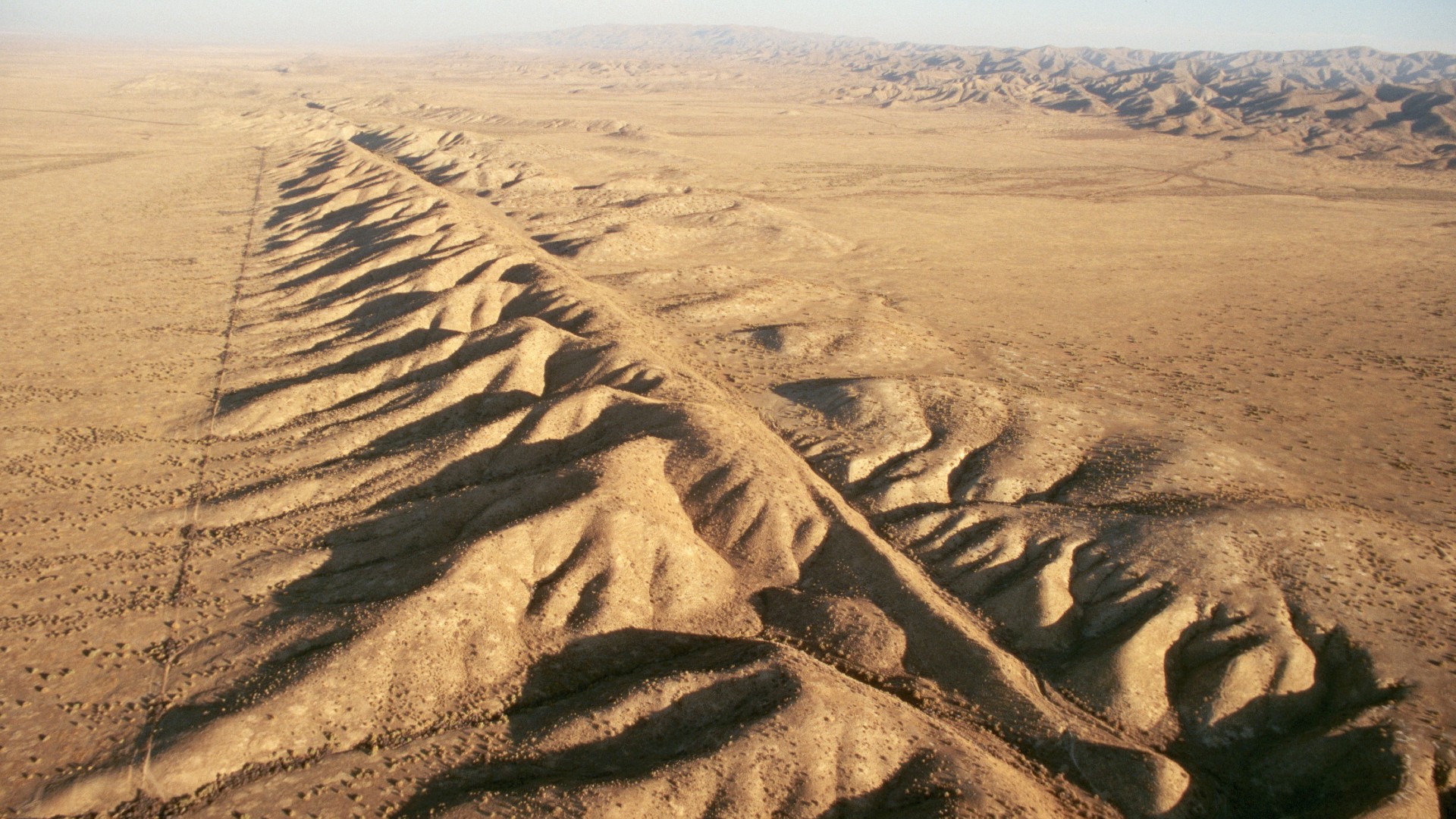|
|
TODAY.AZ / Politics
Devastating earthquakes in Turkiye and Syria: geological features and analysis
23 February 2023 [11:34] - TODAY.AZ

The world has suffered a lot in recent times. The region of southeast Turkiye and Syria is considered one of the most active seismic zones in the world, and the event on February 6 added to the long list of earthquakes. Two earthquakes of magnitude 7.8 and 7.5, together with their aftershocks, have caused chaos and thousands of deaths in southeastern Turkiye and northern Syria.
Over the past century, 50 strong aftershocks have occurred in this region.
Until now, the most serious earthquake in recent history was considered the one that occurred in 1939 in the province of Erzincan, which killed 32,000 people.
Speaking about what happened in Kahramanmaras on February 6, Turkish President Recep Tayyip Erdogan said that this is the biggest tragedy in the country after the aforementioned earthquake in Erzincan.
The reason for this seismic activity is that four tectonic plates converge in this territory: Anatolian, Arabian, Eurasian, and African. These massive plates that form the outer layer of our planet are constantly shifting and colliding with each other.

Earthquakes most often occur along fault lines that cause cracks in the planet's surface. And in this region, there are two large transform faults, that is, those in which there is a lateral displacement of one tectonic plate in relation to another: the North Anatolian fault (1000 km long) and the Eastern Anatolia fault (700 km).
When tectonic plates collide with each other, they can get stuck due to friction. At the moment of the final "sticking off" as a result of increasing pressure, they release a large amount of energy, which is subsequently revealed on the surface in the form of earthquakes or, in the case when tectonic plates converge underwater, a tsunami.
In addition, the tectonic plates in the area are shifting laterally with respect to each other. In particular, the Arabian Plate is moving north at a rate of about two centimeters per year, while the African Plate is moving in the same direction but at a slower rate. This kind of displacement causes more frequent and also stronger earthquakes.
As the earth's crust adjusts to the changes, numerous aftershocks occur after a major earthquake. For this reason, three more earthquakes of magnitude over 6.0 were recorded in Turkiye in the first twelve hours after the initial shock, the first of which, with a magnitude of 6.7, occurred just 11 minutes after the first earthquake. Further, hundreds more aftershocks of smaller magnitude were observed.
One of the regions most similar to Turkiye and Syria is Japan, as there, in the Pacific Ocean, four tectonic plates converge. An event in 2011 triggered one of the strongest and most dangerous earthquakes in recent memory, which turned into a catastrophic tsunami that swept the northeast coast of Japan and caused the nuclear tragedy at Fukushima.
URL: http://www.today.az/news/politics/231977.html
 Print version
Print version
Connect with us. Get latest news and updates.
See Also
- 26 January 2025 [16:51]
MoD presents review of events of last week [VIDEO] - 26 January 2025 [15:10]
MFA congratulates Australia on national holiday - 26 January 2025 [14:00]
Azerbaijan responses to allegations put forth by Armenia's Prime Minister - 26 January 2025 [12:36]
Weapons and ammunition found in Jalilabad - 26 January 2025 [11:33]
President Ilham Aliyev congratulates Australian Governor-General of Commonwealth - 26 January 2025 [11:00]
Defense Ministry holds training-methodical session [PHOTOS] - 26 January 2025 [10:00]
Azerbaijan's gas can supply Ukraine and Europe, says Zelensky - 26 January 2025 [08:30]
Tehran's mixed signals and impact on relations with Baku [ANALYSIS] - 26 January 2025 [02:20]
Spokesperson Hajizada calls French FM's accusation of Azerbaijan baseless - 24 January 2025 [12:46]
Preliminary investigation results for AZAL plane crash to be announced next week
Most Popular
 US' new Secretary of State reaffirms Türkiye ties and discusses regional issues with Fidan
US' new Secretary of State reaffirms Türkiye ties and discusses regional issues with Fidan
 Multi-vector approach from Pashinyan: Give as many as you can!
Multi-vector approach from Pashinyan: Give as many as you can!
 Baku to host 71st UN Tourism Regional Commission session
Baku to host 71st UN Tourism Regional Commission session
 Best of the best choose Azerbaijan: What did Davos show?
Best of the best choose Azerbaijan: What did Davos show?
 Preliminary investigation results for AZAL plane crash to be announced next week
Preliminary investigation results for AZAL plane crash to be announced next week
 Update on injured passengers from AZAL plane crash
Update on injured passengers from AZAL plane crash
 National artist demonstrated his art works in Estonia
National artist demonstrated his art works in Estonia
